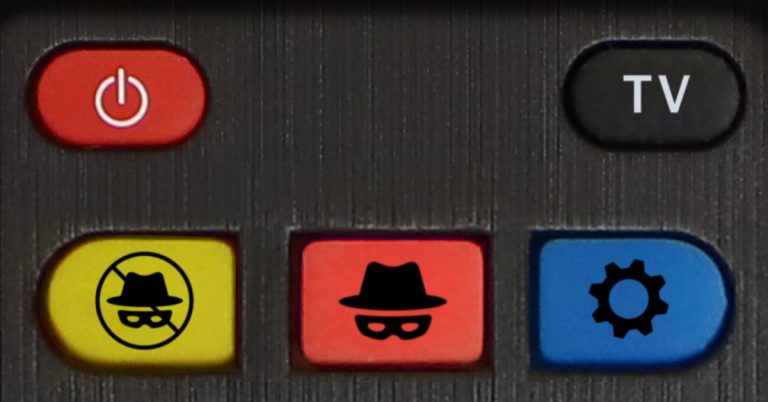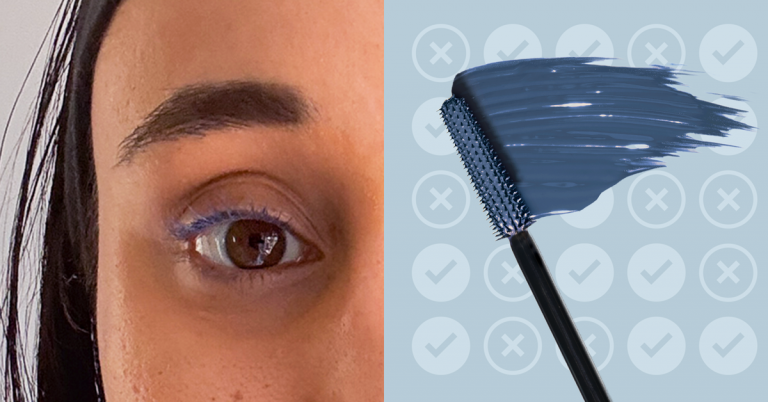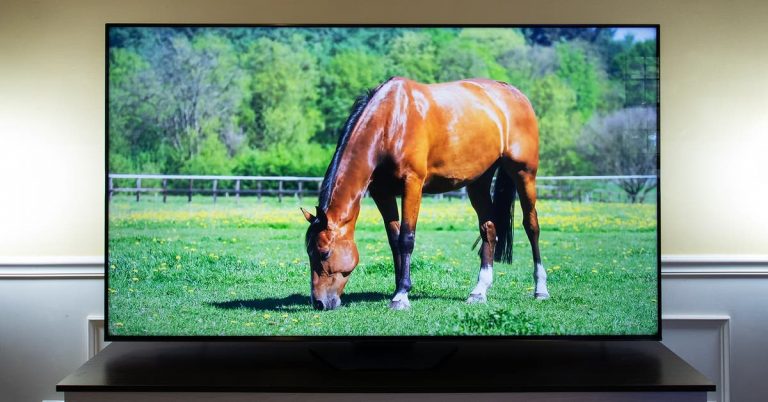The 3 Best Flannel Sheets of 2025
In the six years I’ve been writing about flannel sheets, some of the terms used to describe them have changed and grown more confusing as trends come and go. In 2016, during our interview, FIT’s Shannon Maher defined flannel as a woven fabric that is napped—or brushed—to create a soft and fuzzy surface that helps trap warm air. Maher said that true flannel is napped on both sides; if it’s napped on just one side, it’s a flannelette. In 2022, Riley’s head of product, Corey Sullivan, told me that technically both flannel and flannelette are just types of brushed cottons, but the term “brushed cotton” has come to replace “flannelette” in the past few years and refers specifically to sheets that are brushed on only one side. It’s an imperfect name—and not every company follows the same convention—but we agree that this is generally how the terms have evolved over the last few years. (We’ve also learned that these definitions are specific to the US, and that other countries, such as the UK, have different definitions of both.)
Sullivan explained that the fabric used to make flannel sheets is run through a roller with “what looks like a gigantic hairbrush” to abrade the surface and make it napped and supersoft. “That nap … that excess fiber on the surface of the fabric, is really going to trap heat and retain heat,” he told me. Because flannels are napped on both sides of the fabric, they are typically warmer than brushed cotton (or flannelette).
In my early years of testing flannel sheets, most of the flannelette sets I tried were affordable options from big chain stores, and we considered the process of napping the fabric on only one side to be a cost-saving measure that produced a material that wasn’t as warm or as high quality as a true flannel. In recent years, I’ve seen modern, pricier bedding brands—including Riley, Parachute, and even Pottery Barn—move away from true flannel toward brushed cotton. This is probably why “flannelette” has become an antiquated term, because it was often associated with “cheap.” The new generation of brushed-cotton sheets I’ve seen are thinner than flannel but luxurious, soft, and made with higher-quality cottons than those used in the budget sets I’ve tested in the past. Maher told me that finer flannel yarns cost more and are noticeably softer because they’re made with expensive, higher-end napping machines that have a lighter touch. They’re also made with longer fibers, which add strength.
But why move away from true flannel at all? Sullivan, who has led development on both flannel and brushed-cotton sheets for Riley, said simply, “Most people tend to sleep warm.” Winter beds can also include comforters and blankets, and not everyone needs or wants a thicker flannel. “We found that most of our customers are actually more interested in a brushed cotton in a lighter, softer fabric than having something as heavy as a double-sided flannel,” said Sullivan.
Portugal and Germany have been producing flannel fabrics for centuries, and the highest-quality sets of both true flannel and brushed-cotton sheets that we’ve tested have been woven there. Most of our testers over the years (and Maher) have preferred Portuguese flannel, which has been softer and less stiff in our testing.
In the past couple of years, I’ve also started to see the introduction of cotton cashmere sheets, such as the Brooklinen Heathered Cashmere Core Sheet Set or Riley’s Cotton Cashmere Sheet Set. I asked Sullivan about these as well, because although they’re not flannels, they fall into the same category of fuzzy-warm sheets we recommend in this guide, and he has experience developing both. Sullivan told me that Riley’s version of these blended sheets aren’t napped like flannel but instead woven on a jacquard loom in a completely different process. They weave a finer cotton yarn with cashmere, which keeps the sheets from getting too warm—the cashmere is warm enough. This jacquard process creates a lighter, thinner sheet, and it should produce less pilling over time than flannel.







